Premium Only Content
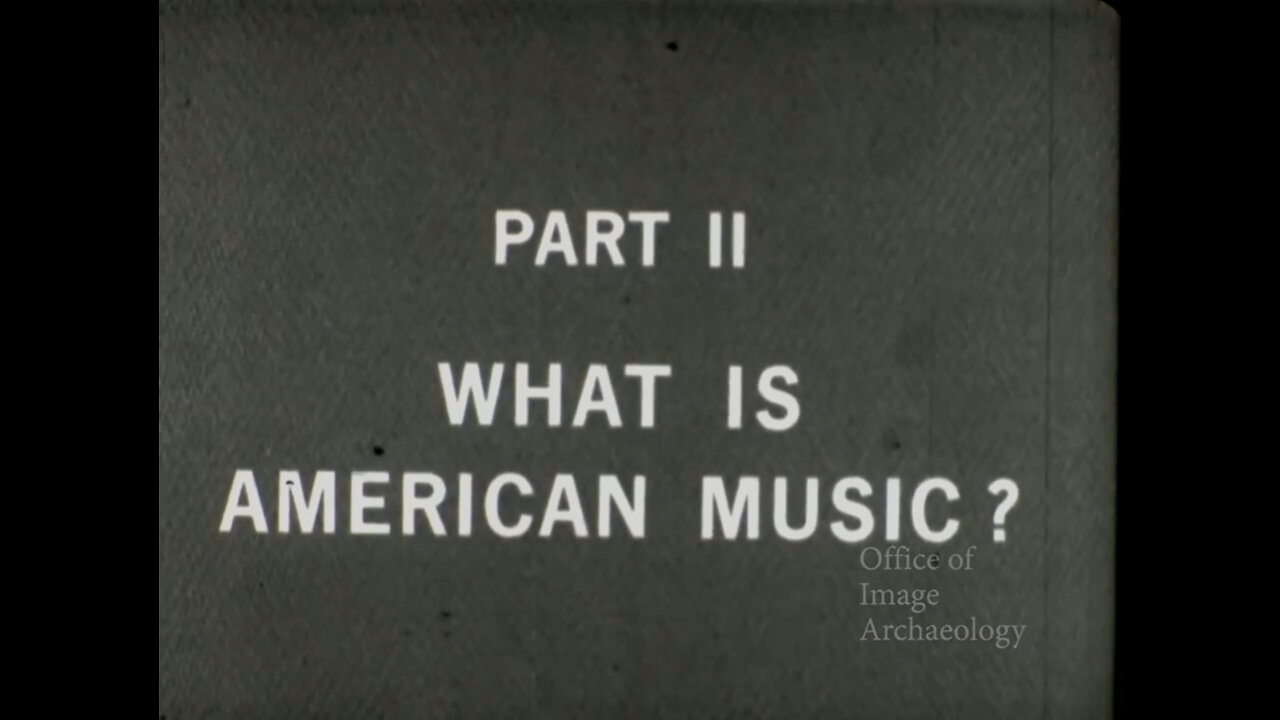
1964, TELECINE, "WHAT IS AMERICAN MUSIC", PT2, NEW YORK PHILHARMONIC, YOUNG PEOPLE'S CONCERTS
1964, TELECINE, PT2, Leonard Bernstein and the New York Philharmonic Young People's Concert series, "WHAT IS AMERICAN MUSIC"
Part 2
With George Gershwin’s “Rhapsody in Blue” 1924 we had developed music that everybody recognized as really American.
It was not until the 1930s that we entered what may be called the college period in American music, When composers use the rhythm and style of jazz to write music that was American without being really jazz. An organ piece by Roger Sessions illustrates this.
What then makes American music? The elements are defined as;
A, Syncopation, rhythms characterized by strong accents off the beat.
B, Youth and vitality, illustrated by the performance of William Shuman’s “American Festival Overture”.
C, pioneer energy. The orchestra plays Roy Harris Third symphony”.
D, Loneliness of the Prairie. Copeland’s “Quiet Night on the Prairie” from “Billy the Kid” is played.
E, Sentimentality, derived from hymn singing, as in Virgil Thomson’s “The Mother Of Us All”.
F, Crooning sentimentality, taken from popular ballads, as in Randall Thompson’s Second Symphony”.
There are many sides of our music as there are section and speech differences in the different parts of our country, our folk music is the richest in the world.
The program is summarized by the performance of Aaron Copeland’s Third Symphony, “Last Movement”, conducted by the composer. This piece in bodies all elements of the analysis listed above.
-
 17:28
17:28
Degenerate Jay
3 days agoDoes Batman: Arkham Asylum Need A Remake?
1.88K -
 LIVE
LIVE
C03Games
31 minutes agoLiving The Mob Life Ain't Easy (Mafia II)
35 watching -
 5:50
5:50
VSOGunChannel
1 day ago $0.08 earnedMcCloskey Finally Gets His Rifle Back
1.54K4 -
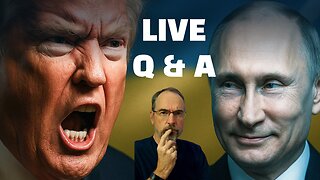 1:01:07
1:01:07
Professor Gerdes Explains 🇺🇦
22 hours agoWhat is Happening With Trump and Putin RIGHT NOW?
1.74K1 -
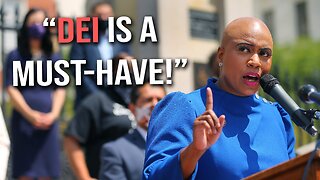 1:50
1:50
Memology 101
13 hours ago $0.18 earnedNah, we good...
2.01K23 -
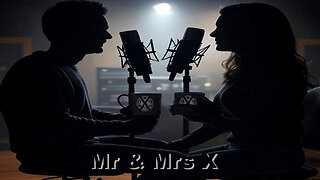 58:42
58:42
X22 Report
1 day agoMr & Mrs X: America’s Back, Those Who Tried To Destroy American Will Face Justice - Ep 1
311K175 -
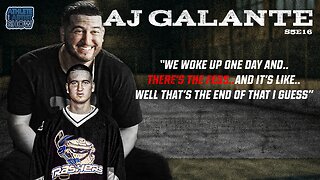 1:13:59
1:13:59
Athlete & Artist Show
4 hours ago $7.59 earnedAJ Galante: From Duffle Bags Of Cash In Danbury, to a Global BKFC Ice Wars Partnership
32.6K5 -
 12:34
12:34
Actual Justice Warrior
2 days agoParoled New York KILLER Strikes Again
59.5K186 -
 13:03
13:03
Dr Disrespect
3 days agoDr Disrespect’s BIGGEST Announcement Yet
87.4K73 -
 LIVE
LIVE
Pepkilla
1 hour agoToday is a pew pew day
55 watching